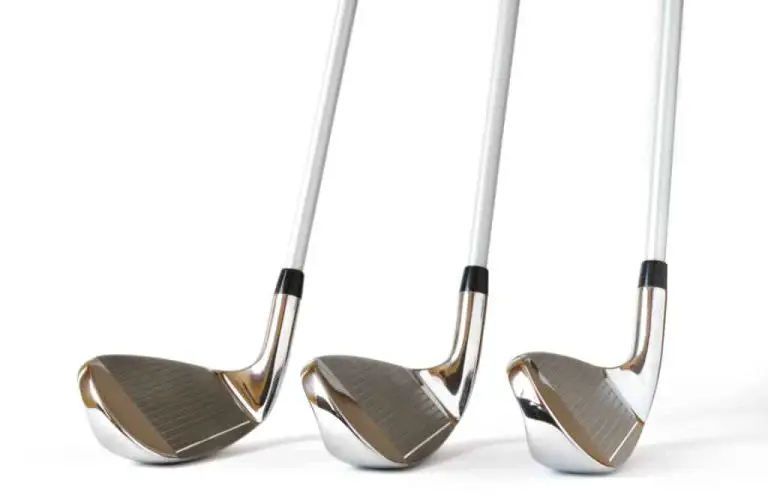When Did Nike Stop Making Golf Clubs

Nike, a prominent name in the sports industry, has made significant contributions to various sports, including golf. Known for its innovative designs and cutting-edge technologies, Nike became a respected player in the golf club market. However, there came a time when the brand made a surprising decision that left golfers and enthusiasts wondering: When did Nike stop making golf clubs?
In this article, we delve into the timeline and factors surrounding Nike’s departure from the golf club manufacturing business. We explore the journey of Nike in the golf industry, from its entry and rise to the decision to exit. Understanding the context and reasons behind Nike’s departure is essential to grasp the implications it had on golfers, the competitive landscape, and the industry as a whole.
By examining the key events and factors that influenced Nike’s decision, we gain insights into the dynamics of the golf club market and the challenges faced by manufacturers. We also explore the impact of Nike’s exit on golfers who were loyal to the brand and how it opened up opportunities for other companies to fill the void. Additionally, we touch upon Nike’s continued presence in the golf industry and its focus on other aspects of the game, such as apparel and footwear.
Join us on this journey as we unravel the story of Nike’s departure from the golf club market and its lasting impact on the golfing world.

Nike’s Journey in the Golf Club Market
Nike’s entry into the golf club manufacturing was a strategic move to expand its sports equipment offerings and establish a presence in the golf industry. The company leveraged its sponsorship of professional golfers, such as Tiger Woods, to gain visibility and credibility in the golf club market. With a focus on research and development, Nike introduced innovative club designs and technologies that attracted golfers of all skill levels.
Factors Influencing Nike’s Decision
Despite its initial success, Nike faced various challenges in the highly competitive golf club market. One significant factor was the intense competition from established brands with a long history in golf equipment manufacturing. Nike’s market share and profitability considerations also played a role in the decision-making process. Additionally, the company underwent a strategic realignment that led to a shift in focus and the need to prioritize other areas of their business.
Announcement and Transition Period
Nike’s decision to stop making golf clubs was announced in 2016, which created a transition period for golfers and retailers. During this period, Nike communicated with consumers and retailers to provide clarity and support. Clearance sales and inventory management strategies were implemented to ensure a smooth transition. Nike also expressed its commitment to continue supporting existing customers with warranties, repairs, and customer service.
Impact on Golfers and the Industry
Nike’s exit from the golf club market had a significant impact on both golfers and the industry as a whole. Golfers who were loyal to Nike golf clubs needed to find alternative brands to meet their equipment needs. The competitive landscape of the golf club market shifted as other manufacturers seized the opportunity to fill the void left by Nike. Golfers had to evaluate and compare different brands based on their preferences, performance requirements, and availability of comparable options.
Nike’s Continuing Presence in Golf
Although Nike stopped making golf clubs, the brand continued its involvement in the golf industry through apparel and footwear. Nike remains a prominent sponsor of professional golfers and continues to innovate in golf apparel and footwear technology. Golfers can still enjoy the Nike brand and its products on the course, albeit in a different capacity.
Conclusion
Nike’s decision to exit the golf club market marked the end of an era for the brand’s presence in golf equipment. The factors influencing this decision were shaped by competitive challenges, market considerations, and strategic realignment. While Nike’s absence in the golf club market left a void, other manufacturers stepped up to offer golfers a wide range of options. Golfers have the opportunity to explore and choose from various brands that align with their preferences and performance requirements. Nike’s legacy in golf lives on through its continuing involvement in apparel and footwear, ensuring that the brand remains present on the golf course.






